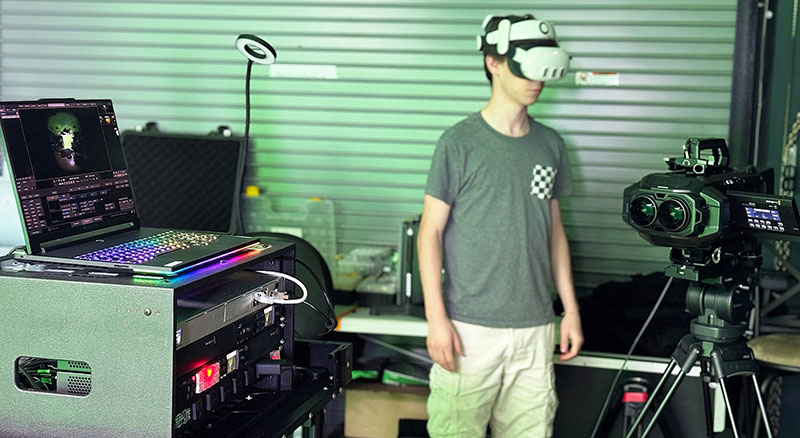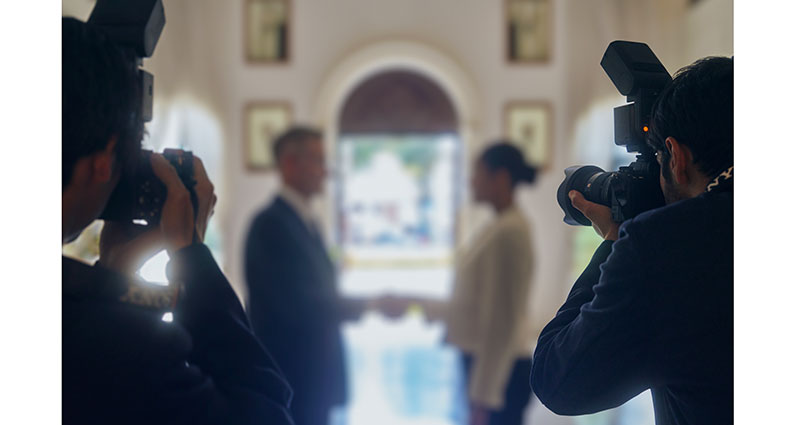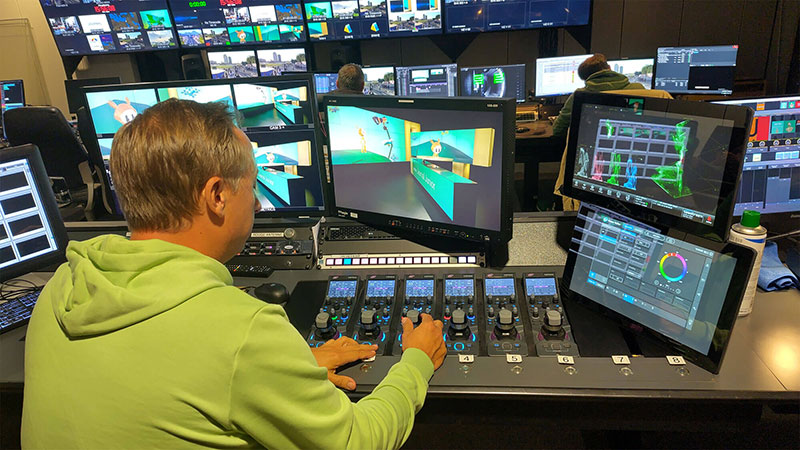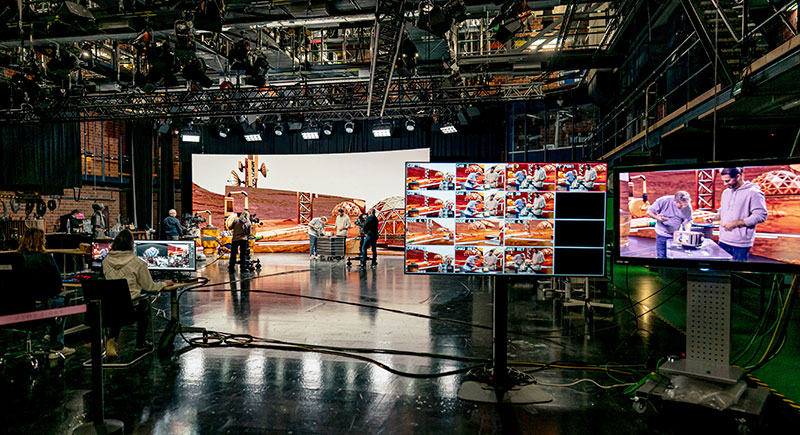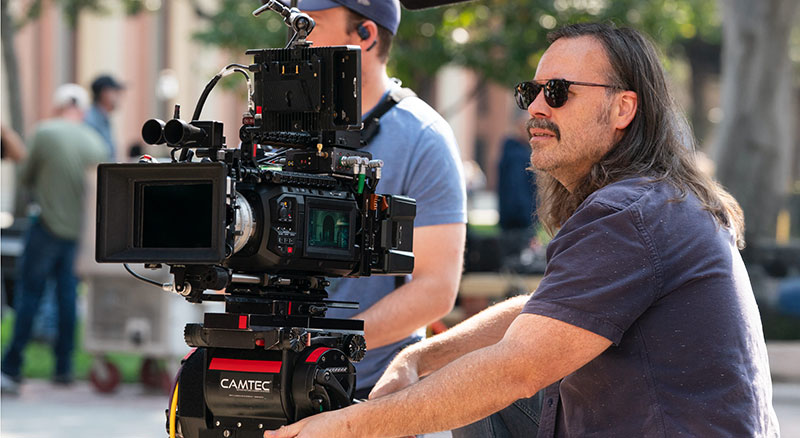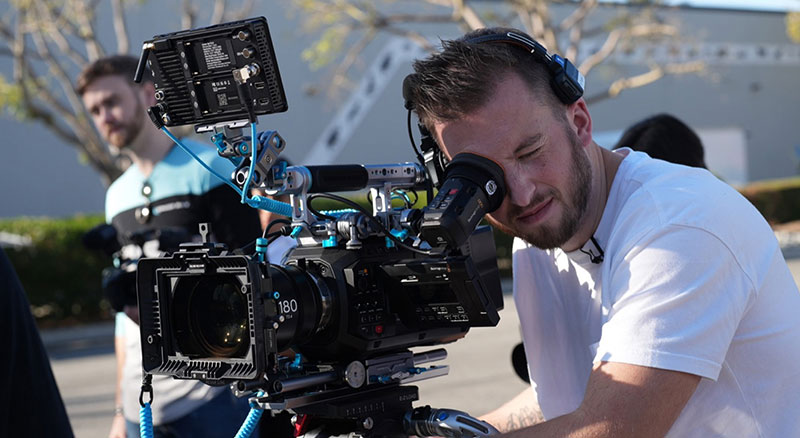Gavin Rawlings at Venture Films talks about working with the Sony BURANO as his A-camera on most productions these days, complemented and supported by the FX3 and FX6 cameras.

Venture Films produces commercials and branded content, corporate video productions and video marketing for social media. DoP and co-founder Gavin Rawlings and producer, editor and co-founder Melanie Galea handle many types of online video content, from long form TV shows to 60 second company profile videos.
Adventurous outdoor projects frequently take the Venture Films crew out into remote areas of the Australian bush. Having worked with Sony cameras for over 20 years, Gavin has recently been using the BURANO for most productions, complemented and supported by the FX3 and FX6 cameras - all of which are Sony Cinema Line cameras. His last project with this kit was in the Kimberley region of Western Australia, where the terrain and conditions are known for testing both cameras and operators.
Off Road
“We produce a travel show on Channel 9 called Oz Off Road, which involves a lot of remote area travel around the country,” he said. “Working in such locations means that reliability is a priority. My most recent big project for the show was a 7-week shoot that took us through the Kimberley. There, my A-cam was the BURANO paired with a Canon 30-105PL zoom.
“We did quite a few gorge walks and hikes on this trip. In those instances the BURANO was stripped down and I ran E-mount glass to keep the camera relatively light. B-Cam was an FX6 running a Tokina 16-28PL zoom. I was a solo shooter on this trip so being able to just pick up the BURANO or FX6, depending on what lens I needed, really sped things up. Our C-cam was an FX3 on gimbal running a Sony FE 24-70mm F2.8 GM II. I love this setup and often used it for overlay footage on this project.”
Evolving the Workflow
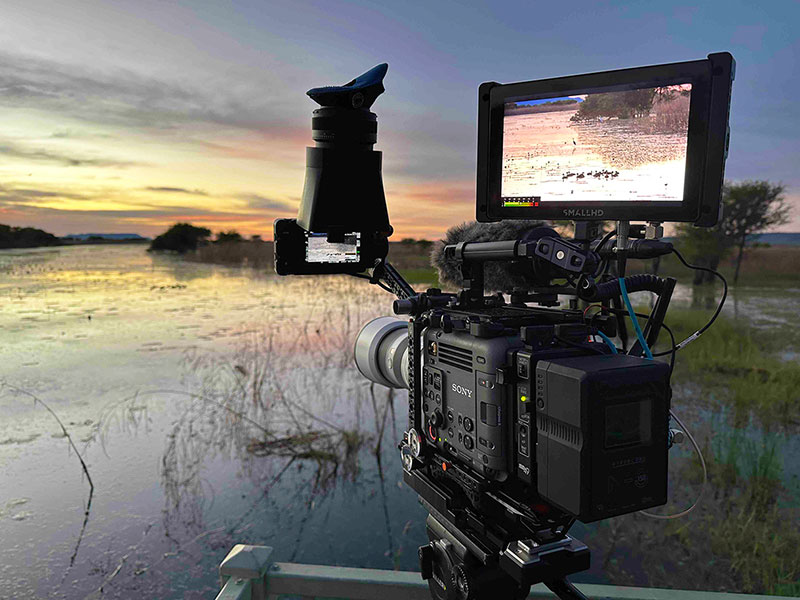
He continues to refine the workflows he uses with Sony cameras. He said, “Our workflows vary depending on the projects. For instance when we are filming the remote area travel shows like Oz Off Road, we shoot in SLOG/X-OCN with the BURANO and generate proxies in camera. Then we can use a Starlink connection to upload and organise those proxies onto our LucidLink cloud drive.
“From there I’ll usually create a FCP (final cut pro) library in an app called PostLab, designed for remote editing and collaboration. While I’m out in the field an assistant editor will be assembling edits and once I return I’ll take over and finish the edit. We then export an XML into Blackmagic Resolve and re-link to the original Sony footage and finish the grade. The SLOG and RAW footage is great to work with in Resolve.”
Other workflows, for example, for quick turnaround jobs, require a much simpler approach where Gavin can shoot XAVC using S-Cinetone or bake in a custom LUT, leaving minimal work to be done with the image in post.
Sony History
He has bought and used a number of different Sony cameras over the years starting with the Sony VX2100 and including the EX1, FX3, FX6, BURANO and the Sony F55 which he used professionally for 12 years.
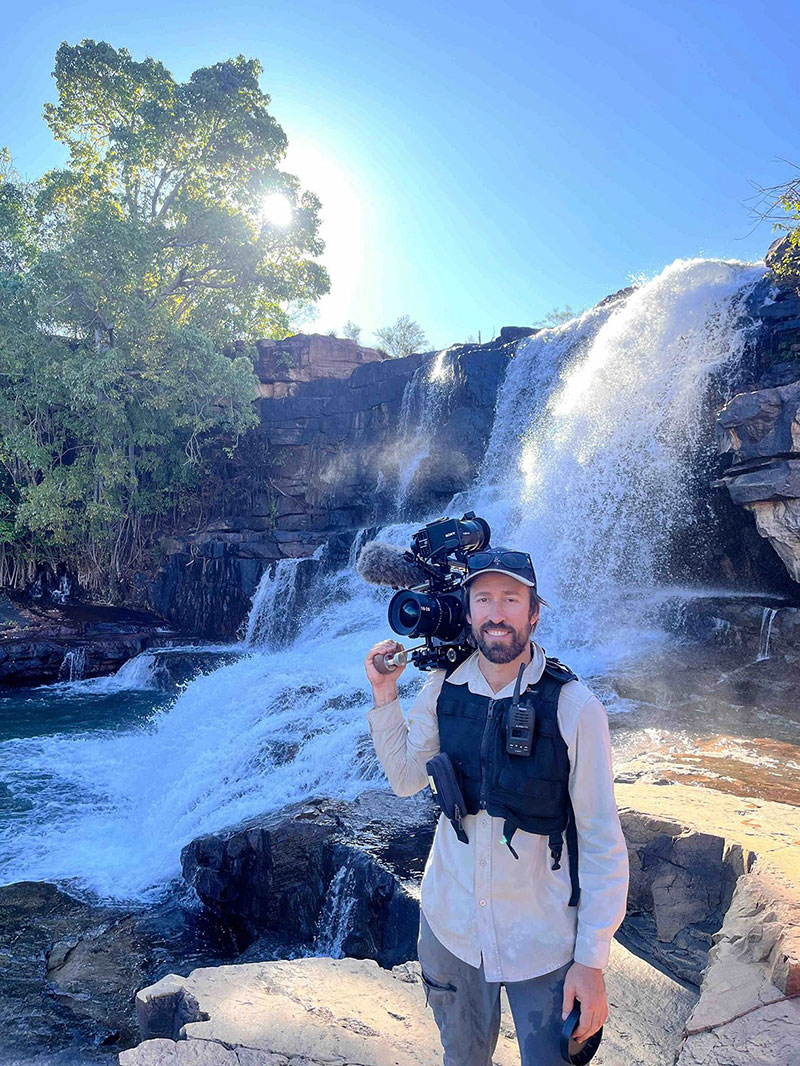
He commented, “The FX series cameras brought with them a whole new range of capabilities that are very useful to my line of work, in particular the dual base ISOs. 800 and 12000 base ISOs really helped all aspects of my film making, especially the run and gun work. The newer sensor technology is why I added the FX3 and FX6 to my kit, as well as improved colour science and faster boot up speeds. Plus, being able to run a high-quality cinema camera like the FX3 on smaller gimbals is extremely convenient.”
All this led to Gavin adopting the Sony BURANO as his primary camera. “To me, the BURANO is the true successor to the F55. I love this camera because of its incredible resolution, but also its wide range of options – codec options from X-OCN to XAVC, different frame rate and imager mode options and many others,” he said.
Shooting requirements will always change depending on Venture FIlm's client. Some clients prefer footage to be shot and delivered in HD while others specify 4K masters. Some need compressed codecs to adhere to budgets and others request acquisition in 4K+ resolutions in RAW/X-OCN. Most important, though, is having a camera that it is reliable and has the versatility to produce great images under widely varying conditions.
Versatile and Interoperable
“One day I can be shooting with large PL cine zooms, and the next I could be capturing a smaller corporate video with G-Master glass, taking advantage of the camera’s autofocus capabilities,” said Gavin. “I have taken it on a TVC shoot in Chile, the 7-week film trip through the Kimberley, on tropical islands, corporate jobs, government jobs and others – without any issues. Next, we have a film trip to Finland planned and then Africa next year, and I am really looking forward to putting the BURANO through its paces in those locations.”
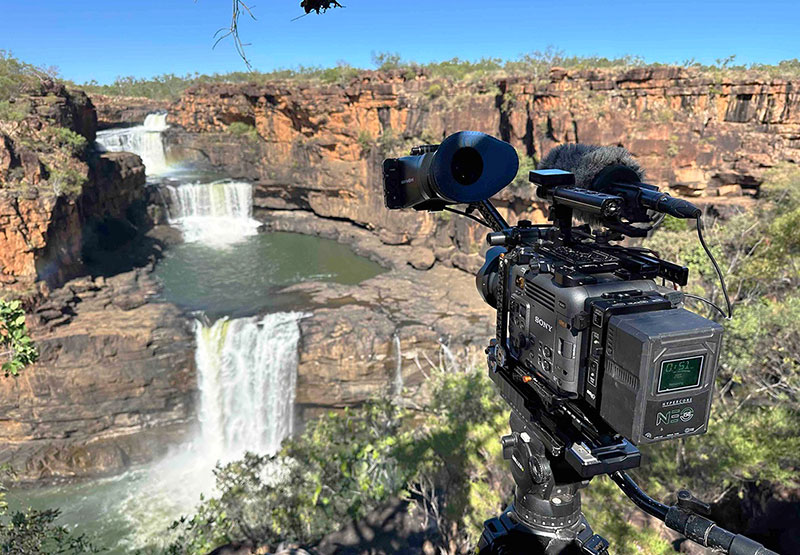
In Gavin’s opinion, the great advantage of Sony’s Cinema Line is the sheer number of different models in the lineup. “There is a camera for any project. You can grab a small camera like the FX3 and shoot with your looks in-camera, or you can grab the BURANO, build it up as big as you want to capture 8.6K X-OCN. Meanwhile, not only is the image quality across the whole cinema line very high, but the cameras can all intercut with each other almost invisibly.
“That interoperability is what gives a production an edge. To have cameras available like the FX30 all the way up to the Venice 2, and know that their looks will be similar, is a huge benefit to any production. When an FX3 can cut into a project shot on a Venice – that’s impressive.
Having also shot with many other manufacturers’ cameras, he mentioned again the camras’ reliability. “With the remote area projects and international work we do, I need something reliable. The last thing I want is to be in the middle of nowhere and have a camera that’s not working. On our recent trip my drone rattled apart on the corrugated roads, whereas all of my Sony cameras were completely unaffected – as always.” pro.sony







